Cyber Swachhta Kendra: India’s Digital Defense Against Botnets and Malware
Introduction: The Rise of Cyber Threats in the Digital Age
The rapid growth of internet connectivity in India has sparked a digital revolution, ushering in new possibilities for innovation, education, governance, and business. As smartphones, smart TVs, laptops, and IoT devices flood the Indian market, millions of citizens are experiencing the benefits of digitization. However, this growing digital ecosystem is not without its challenges.
With more devices online than ever before, the surface area for cyberattacks has dramatically increased. Botnets, malware, ransomware, phishing attacks, and other forms of cybercrime have surged. Many users—both individuals and organizations—remain unaware that their devices could be infected, quietly participating in global cyberattacks without their knowledge.
To tackle this growing concern, the Government of India launched an ambitious and necessary initiative in 2017: the Cyber Swachhta Kendra (CSK), also known as the Botnet Cleaning and Malware Analysis Center. This center is not just a response to the growing cyber threat—it’s a proactive measure to secure India’s cyberspace from the ground up.
What is Cyber Swachhta Kendra?
Cyber Swachhta Kendra is a flagship project under the Ministry of Electronics and Information Technology (MeitY), implemented by CERT-In (Indian Computer Emergency Response Team). It serves as a centralized platform aimed at:
- Detecting botnet infections across India
- Providing tools and guidance for malware and botnet removal
- Educating users on cybersecurity best practices
- Collaborating with ISPs and cybersecurity vendors for effective threat mitigation
The word “Swachhta” translates to “cleanliness,” echoing the objectives of the Swachh Bharat Mission. Just like the Swachh Bharat campaign aims to clean the streets of India, Cyber Swachhta Kendra focuses on cleaning the digital environment—ridding devices of harmful malware and botnet infections.
Understanding the Threat: What are Botnets?
A botnet is a network of devices infected with malicious software that allows a remote attacker to control them without the user’s knowledge. These devices, also called “bots” or “zombies,” are typically used to execute coordinated attacks such as:
- DDoS (Distributed Denial of Service) attacks to shut down websites or services
- Spamming campaigns that flood inboxes with phishing messages
- Credential theft by logging keystrokes or capturing screen content
- Crypto-mining malware that hijacks a device’s computing power to mine cryptocurrency
Botnets often spread through infected email attachments, malicious downloads, compromised websites, or even insecure IoT devices. Once infected, a user may never realize their device is being used as part of a much larger cybercriminal network.
The Vision Behind Cyber Swachhta Kendra
The launch of Cyber Swachhta Kendra was guided by the National Cyber Security Policy (2013), which emphasized the need to:
- Create a secure computing environment
- Enhance trust in online transactions
- Promote awareness and capacity building
India’s digital transformation under Digital India accelerated the need for infrastructure that could protect the masses. With a vast population entering the internet economy for the first time—many via mobile phones—there was an urgent need to:
- Protect digital infrastructure
- Offer free, easy-to-use tools for cyber hygiene
- Foster a culture of cybersecurity awareness
Cyber Swachhta Kendra is India’s digital hygiene mission—a national center designed to detect, notify, and cleanse infected systems and raise cyber literacy.
Services and Tools Offered by Cyber Swachhta Kendra
CSK provides a suite of free tools and services that users can download and use to protect their systems. These tools are developed in collaboration with cybersecurity product vendors and include:
1. Bot Removal Tools
- Free utilities to scan and remove botnets and malware.
- Tools from trusted vendors like Quick Heal, eScan, K7 Security, etc.
- Available for both 32-bit and 64-bit operating systems.
2. Browser Security Plug-ins
- Tools like CSK Safe Browsing Tool to prevent access to known malicious websites.
3. USB Pratirodh
- A desktop security solution to control USB device usage and protect against data theft and malware.
4. AppSamvid
- A whitelisting tool that allows only pre-approved applications to run on a system.
- Prevents unknown and potentially malicious programs from executing.
5. M-Kavach
- A mobile security app specifically designed for Android smartphones, offering:
- Anti-theft features
- App control
- Call/SMS blocking
- Browsing protection
All these tools are available for download via the Cyber Swachhta Kendra official portal.
How It Works: Notification, Detection, and Cleaning Process
The core of CSK’s success lies in its collaborative approach and automated detection mechanism:
Step 1: Data Collection
- CERT-In works closely with ISPs, antivirus companies, and global threat intelligence platforms to collect data about infected systems in India.
Step 2: Infection Identification
- IP addresses associated with botnet activity are flagged.
- These IPs are mapped to customers by ISPs.
Step 3: User Notification
- Affected users are sent SMS or email alerts informing them about the infection.
- These messages include a link to download the appropriate cleaning tool and instructions.
Step 4: System Cleaning
- Users download the tool and scan their systems.
- Infections are removed, and a clean status is achieved.
Step 5: Awareness and Follow-Up
- CERT-In continues to monitor infections and educates users through blogs, FAQs, and video tutorials.
Impact and Success Stories
Since its inception, Cyber Swachhta Kendra has demonstrated measurable success:
- Over 50% reduction in reported malware infections across several regions in the first year of operation.
- Tens of thousands of users have been notified and assisted in cleaning their systems.
- Collaborations with major ISPs like BSNL, Jio, and Airtel have improved the reach of alerts.
- Government departments, schools, and small businesses have been equipped with tools to protect their networks.
Case Example:
In 2022, a regional cyberattack in a Tier-2 city was traced back to compromised routers. The prompt intervention by CSK and notifications to users allowed quick action, leading to a 90% cleanup of the affected subnet within a week.
Education and Public Awareness Campaigns
One of the major challenges in cybersecurity is the lack of public awareness. Many users have no idea what a botnet is or how malware spreads.
To combat this, Cyber Swachhta Kendra:
- Publishes monthly threat advisories
- Shares how-to videos and infographics
- Offers live workshops and webinars
- Partners with schools and colleges to promote cyber hygiene awareness
The center also promotes the concept of cyber hygiene—the regular practice of scanning, updating, and securing your devices, just like you would maintain your physical health.
Policy and Legal Framework
Cyber Swachhta Kendra operates under the legal framework of Section 70B of the Information Technology Act, 2000, which empowers CERT-In to:
- Issue directions for cyber incident response
- Coordinate cybersecurity activities across stakeholders
- Monitor national threats and publish advisories
In addition, it aligns with:
- Digital India Programme
- National Cyber Security Strategy (upcoming version)
- Cyber Crime Prevention Against Women and Children (CCPWC) scheme
This robust legal and policy backing ensures CSK has the authority, resources, and support to execute its mission at scale.
Future Roadmap: What’s Next for Cyber Swachhta Kendra?
Looking ahead, CSK plans to expand its operations and services:
- Integration with Smart City infrastructure for real-time malware threat detection in public systems.
- AI-based predictive analytics to detect botnets before they cause damage.
- Deeper IoT security integration, given the explosion of smart home and industrial devices.
- Mobile-first strategy to cater to India’s growing smartphone user base.
- Decentralized threat response units in each state to localize cybersecurity efforts.
Key Takeaways
| Feature | Details |
|---|---|
| Initiative By | Ministry of Electronics & IT, Government of India |
| Implemented By | CERT-In |
| Launch Year | 2017 |
| Objective | Detect, notify, and clean botnet-infected systems |
| Tools Provided | AppSamvid, USB Pratirodh, M-Kavach, Safe Browsing, Bot Removal Tools |
| Users Benefited | Thousands of system cleanups across the country |
| Legal Support | IT Act 2000, Section 70B |
| Primary Focus | Cyber hygiene, public awareness, malware protection |
FAQs About Cyber Swachhta Kendra
1. Is it free to use the tools from Cyber Swachhta Kendra?
Yes, all tools provided by CSK are completely free for public use.
2. How do I know if my system is infected with a botnet?
You may receive a notification from your ISP or CERT-In. Alternatively, slow system performance, unauthorized activity, or browser redirection may be symptoms.
3. Can it help secure my IoT devices?
Yes. While the current tools focus on PCs and mobile phones, future updates will address smart home security as well.
4. Where can I download the tools?
Visit the official website: https://www.cert-in.org.in/
Conclusion: A Cleaner, Safer Digital India
The internet is a powerful tool—but like any tool, it needs maintenance. The Cyber Swachhta Kendra is India’s frontline defense against hidden threats that lurk in our devices. Through free tools, proactive alerts, and public education, CSK is building a more secure, resilient, and cyber-aware India.
As the digital economy continues to expand, initiatives like Cyber Swachhta Kendra will be crucial in safeguarding our national digital infrastructure. Every user has a role to play—by staying informed, securing their devices, and spreading awareness.
See also: What is Cyberwarfare? Brief about Cyber warfare
Stay Connected
Like this article? Share your thoughts in the comments!
Subscribe to our YouTube Channel for more tutorials on IoT and cybersecurity.
Start your journey with IoT Basics on IoTDunia.com





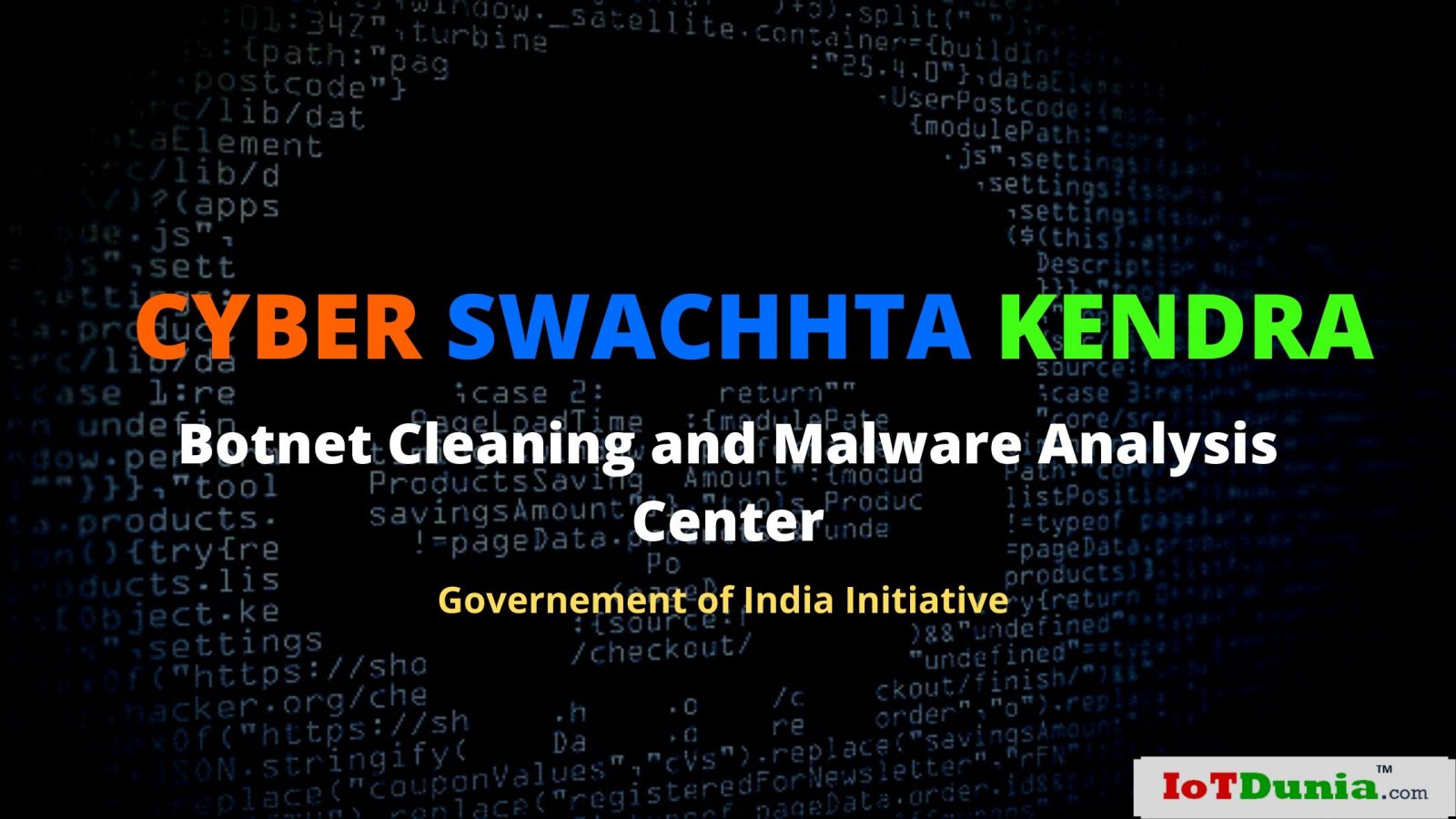
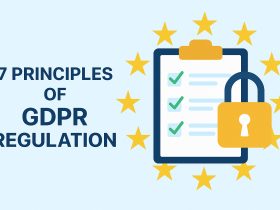
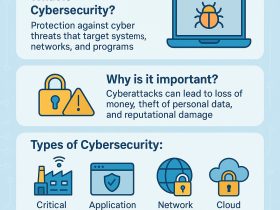
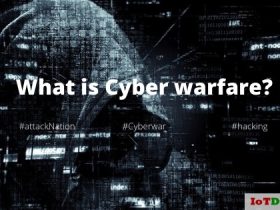
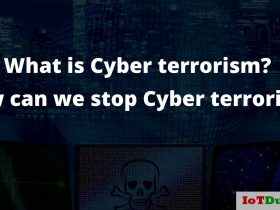
Leave a Review